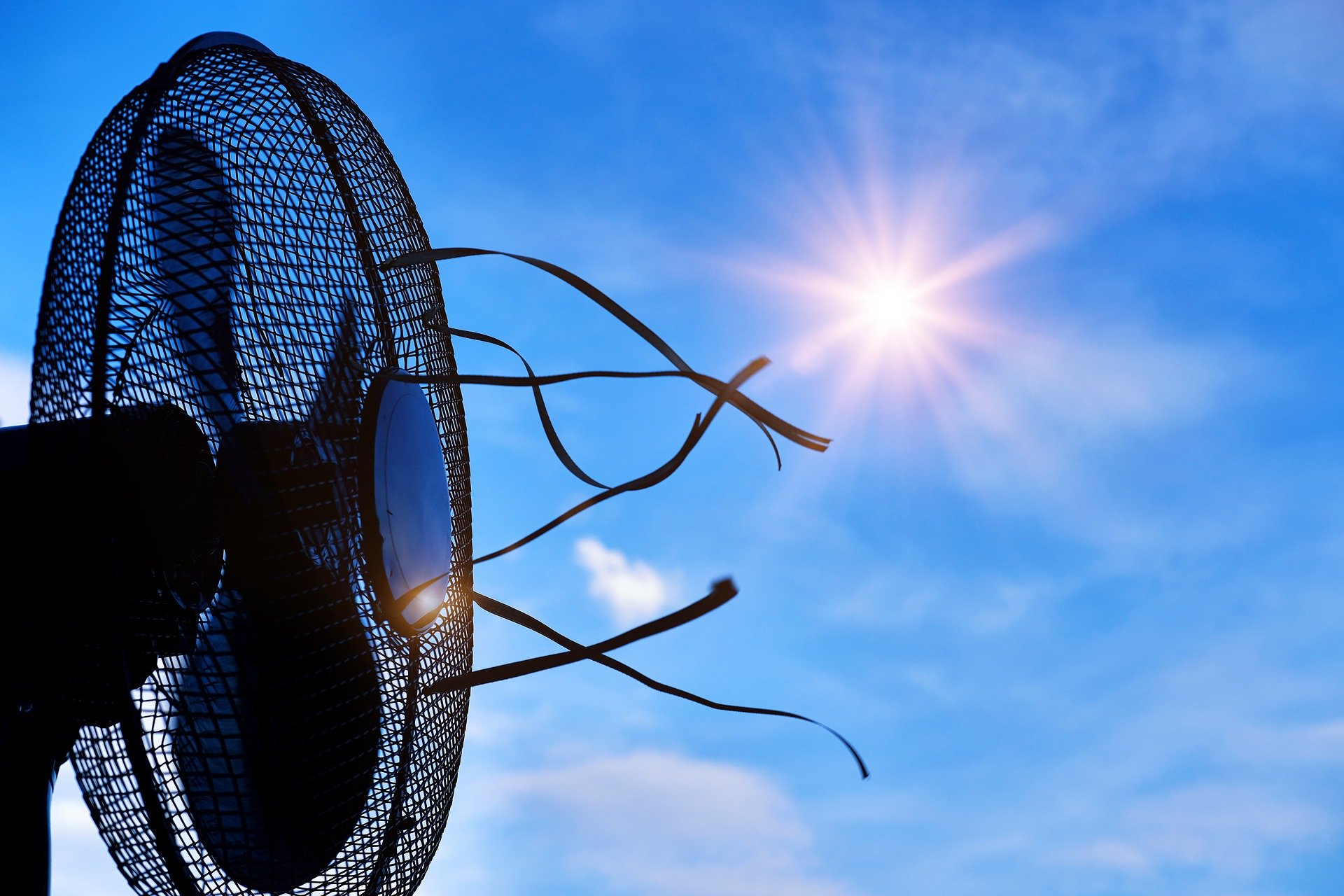

Articles
Which Way Should Fan Blow In Summer
Modified: September 1, 2024
Get expert advice on which way your fan should blow during the summer. Read our informative articles to stay cool and comfortable all season long.
(Many of the links in this article redirect to a specific reviewed product. Your purchase of these products through affiliate links helps to generate commission for Storables.com, at no extra cost. Learn more)
Introduction
When the scorching heat of summer arrives, staying cool becomes a top priority for many of us. While air conditioning is a popular choice, a ceiling or portable fan can also provide effective and energy-efficient cooling. However, what most people don’t realize is that the direction in which the fan blows can make a significant difference in how cool and comfortable you feel.
In this article, we will explore why fan direction matters during the summer months and discuss the optimal fan direction to maximize its cooling effect. Additionally, we will delve into the benefits of correct fan direction and address common mistakes made when setting fan direction. By understanding these factors, you can ensure that your fan blows in the right direction, keeping you cool and comfortable throughout the summer.
Key Takeaways:
- Optimal fan direction in summer is counterclockwise to create a cooling downdraft. Utilize the reverse function and adjust blade angle for enhanced airflow and comfort.
- Avoid common mistakes like running the fan in the wrong direction and overlooking blade angle. Consider fan size, oscillation, and additional cooling methods for maximum effectiveness.
Why Fan Direction Matters
Understanding why fan direction matters is crucial in maximizing the cooling effect provided by your fan. The direction in which the fan blades rotate affects the airflow in the room and how it interacts with your body. Let’s take a closer look at why fan direction is important:
- Air Circulation: The primary function of a fan is to circulate air in a room, creating a cooling breeze. When the fan blades rotate in the correct direction, they push air downwards and create a downdraft. This downdraft helps to distribute cool air more evenly throughout the room, preventing stagnant and hot pockets of air.
- Evaporative Cooling: Fan direction is particularly important for evaporative cooling. When the fan blows air over your skin, it can accelerate the evaporation of sweat, providing a cooling sensation. This is why you feel cooler when a fan is blowing directly at you. However, if the fan blows in the wrong direction, it can create a wind chill effect, making you feel colder than you actually are.
- Comfort: Fan direction plays a crucial role in providing personal comfort. When the fan blows in the correct direction, it helps create a gentle breeze that cools your body and reduces the feeling of stuffiness. This can make a significant difference in how comfortable you feel, especially during the hot and humid summer days.
Overall, fan direction matters for improved air circulation, evaporative cooling, and personal comfort. By understanding the importance of fan direction, you can make the most of your fan’s cooling capabilities and enhance your overall comfort during the summer months.
Optimal Fan Direction for Summer
To achieve the optimal cooling effect during the summer, it is important to set your fan to the correct direction. Here’s how you can determine the optimal fan direction for summer:
- Counterclockwise Rotation: In most cases, the optimal fan direction for summer is to run the fan in a counterclockwise direction. When viewed from below, the fan blades should be rotating in a counterclockwise motion. This direction pushes the air downward, creating a cool breeze that circulates throughout the room.
- Use the Fan’s Reverse Function: If you have a ceiling fan with a reverse function, make sure it is switched to the summer mode. The reverse function changes the direction of the fan blades to counterclockwise, maximizing the cooling effect. Consult your fan’s manual or look for a switch on the fan’s housing to activate the reverse function.
- Angle of the Ceiling Fan Blades: Another factor to consider is the angle of the ceiling fan blades. During the summer, set the angle of the blades to a steeper pitch, usually around 14 degrees. This angle helps to create a stronger downdraft and improves airflow for better cooling.
By ensuring that your fan is set to rotate counterclockwise, utilizing the reverse function when available, and adjusting the angle of the ceiling fan blades, you can effectively optimize fan direction for maximum cooling during the summer season.
Benefits of Correct Fan Direction
Setting your fan to the correct direction brings several benefits that enhance your comfort and energy efficiency during the summer. Let’s explore the benefits of correct fan direction:
- Improved Air Circulation: Correct fan direction ensures proper air circulation throughout the room. By pushing air downward and creating a gentle breeze, the fan helps to eliminate hot and stagnant pockets of air, improving overall air quality and comfort.
- Enhanced Cooling Effect: When the fan blows in the right direction, it enhances the cooling effect in the room. The downdraft created by the fan helps to evaporate perspiration from your skin more efficiently, providing a refreshing and cooling sensation. It can make the room feel cooler without requiring additional energy consumption.
- Energy Efficiency: By utilizing correct fan direction, you can reduce your reliance on air conditioning, which in turn saves energy and lowers your electricity bills. Fans use significantly less energy compared to air conditioning units, making them a cost-effective and energy-efficient cooling solution.
- Better Sleep Quality: Proper fan direction can significantly improve sleep quality during hot summer nights. The gentle breeze created by the fan helps to regulate body temperature, preventing overheating and promoting a comfortable sleep environment.
- Reduced Humidity: High humidity can contribute to an uncomfortable and sticky atmosphere. When the fan blows in the right direction, it helps to circulate air and reduce moisture levels, thus minimizing the feeling of humidity in the room.
By selecting the correct fan direction, you can enjoy improved air circulation, enhanced cooling effect, energy efficiency, better sleep quality, and reduced humidity. Not only will this keep you comfortable during the summer, but it will also contribute to a more sustainable and cost-effective approach to cooling your space.
In the summer, set your fan to blow air downwards to create a cooling breeze. This will help to make the room feel more comfortable without having to lower the thermostat.
Common Mistakes in Fan Direction
While setting the fan direction may seem straightforward, there are some common mistakes that people make. Avoiding these mistakes ensures that your fan operates optimally. Let’s take a look at some common mistakes in fan direction:
- Running the Fan in the Wrong Direction: One of the most common mistakes is running the fan in the wrong direction during the summer. When the fan rotates clockwise instead of counterclockwise, it creates an updraft that disrupts airflow and does not provide the desired cooling effect. Always double-check the direction of your fan’s rotation to ensure it is set correctly.
- Not Utilizing the Reverse Function: If your ceiling fan has a reverse function specifically designed for the summer months, not using it is a missed opportunity. The reverse function adjusts the fan blades’ direction to counterclockwise, maximizing airflow and improving cooling efficiency. Be sure to activate the reverse function if your fan has this feature.
- Incorrect Ceiling Fan Blade Angle: The angle of the ceiling fan blades plays a crucial role in air movement. Setting the blades to a shallow angle during summer reduces airflow and hinders the desired cooling effect. Consult your fan’s manual or adjust the blade angle to the recommended setting, usually around 14 degrees, to optimize the fan’s performance.
- Inadequate Fan Placement: Another common mistake is placing the fan in an inefficient location. To maximize the cooling effect, ensure that the fan is placed in the room where it can effectively circulate the air. Consider placing it in the center of the room or above seating areas to achieve the desired airflow and cooling sensation.
- Overlooking Fan Speed: Fan speed plays a significant role in creating the desired cooling effect. Many fans have multiple speed settings, so make sure to select a speed that provides adequate airflow without creating discomfort due to excessive drafts. Experiment with different speeds until you find the right balance for your comfort level.
By avoiding these common mistakes, you can ensure that your fan operates at its full potential, providing optimal cooling and comfort throughout the summer season.
Read more: What Way Should Fan Spin In Summer
Other Factors to Consider
While fan direction is essential for optimal cooling, there are a few other factors to consider to maximize the effectiveness of your fan during the summer months. Let’s explore these additional factors:
- Fan Size and Placement: The size of the fan and its placement in the room can greatly impact its performance. For larger rooms, consider using a fan with a larger blade diameter to ensure efficient air circulation. Additionally, place the fan in a location that allows the air to flow freely throughout the room, avoiding obstructions such as furniture or walls.
- Utilize Oscillation: If your fan has an oscillation feature, take advantage of it. Oscillating fans move from side to side, covering a wider area and providing more even air distribution. This can be particularly useful in larger rooms or spaces where multiple people are positioned at different angles from the fan.
- Consider Additional Cooling Methods: While fans are effective at providing a cooling breeze, they work best when combined with other cooling methods. Consider using fans in conjunction with air conditioning or other cooling systems to achieve the most comfortable indoor environment. Fans can help circulate the cool air produced by air conditioning units, reducing the reliance on the AC and lowering energy consumption.
- Clean and Maintain Your Fan: Regularly clean and maintain your fan to ensure optimum performance. Dust buildup on the blades can hinder airflow and reduce the effectiveness of the fan. Follow the manufacturer’s instructions for cleaning and maintenance to keep your fan operating smoothly throughout the summer season.
- Personal Preference: Lastly, it’s important to consider personal preferences when it comes to fan direction. While counterclockwise rotation is generally recommended for cooling, some individuals may prefer a different direction or angle depending on their specific comfort needs. Experiment with different settings and directions to find what works best for you.
By taking these additional factors into consideration, you can further enhance the effectiveness of your fan and create a cool and comfortable living environment during the summer.
Conclusion
Proper fan direction is crucial for maximizing cooling effectiveness and creating a comfortable environment during the summer months. By setting your fan to rotate counterclockwise, utilizing the reverse function when available, and adjusting the blade angle, you can optimize airflow and enhance the cooling effect. Avoiding common mistakes, such as running the fan in the wrong direction or neglecting the blade angle, will ensure that your fan operates at its full potential.
The benefits of correct fan direction are numerous. Improved air circulation, enhanced cooling effect, energy efficiency, better sleep quality, and reduced humidity are just a few of the advantages you can experience. By harnessing the power of your fan and making thoughtful adjustments, you can stay cool and comfortable without solely relying on energy-intensive air conditioning.
Remember to consider other factors such as fan size and placement, oscillation, and combining fans with other cooling methods to maximize cooling effectiveness. Regular cleaning and maintenance of your fan will also contribute to its optimal performance. Ultimately, finding the perfect fan direction and settings is a matter of personal preference, so don’t hesitate to experiment and adjust according to your comfort needs.
By understanding the importance of fan direction and implementing the recommendations in this article, you can create a refreshing and enjoyable environment, even during the hottest summer days. Stay cool, stay comfortable, and make the most of your fan to beat the summer heat!
Frequently Asked Questions about Which Way Should Fan Blow In Summer
Was this page helpful?
At Storables.com, we guarantee accurate and reliable information. Our content, validated by Expert Board Contributors, is crafted following stringent Editorial Policies. We're committed to providing you with well-researched, expert-backed insights for all your informational needs.
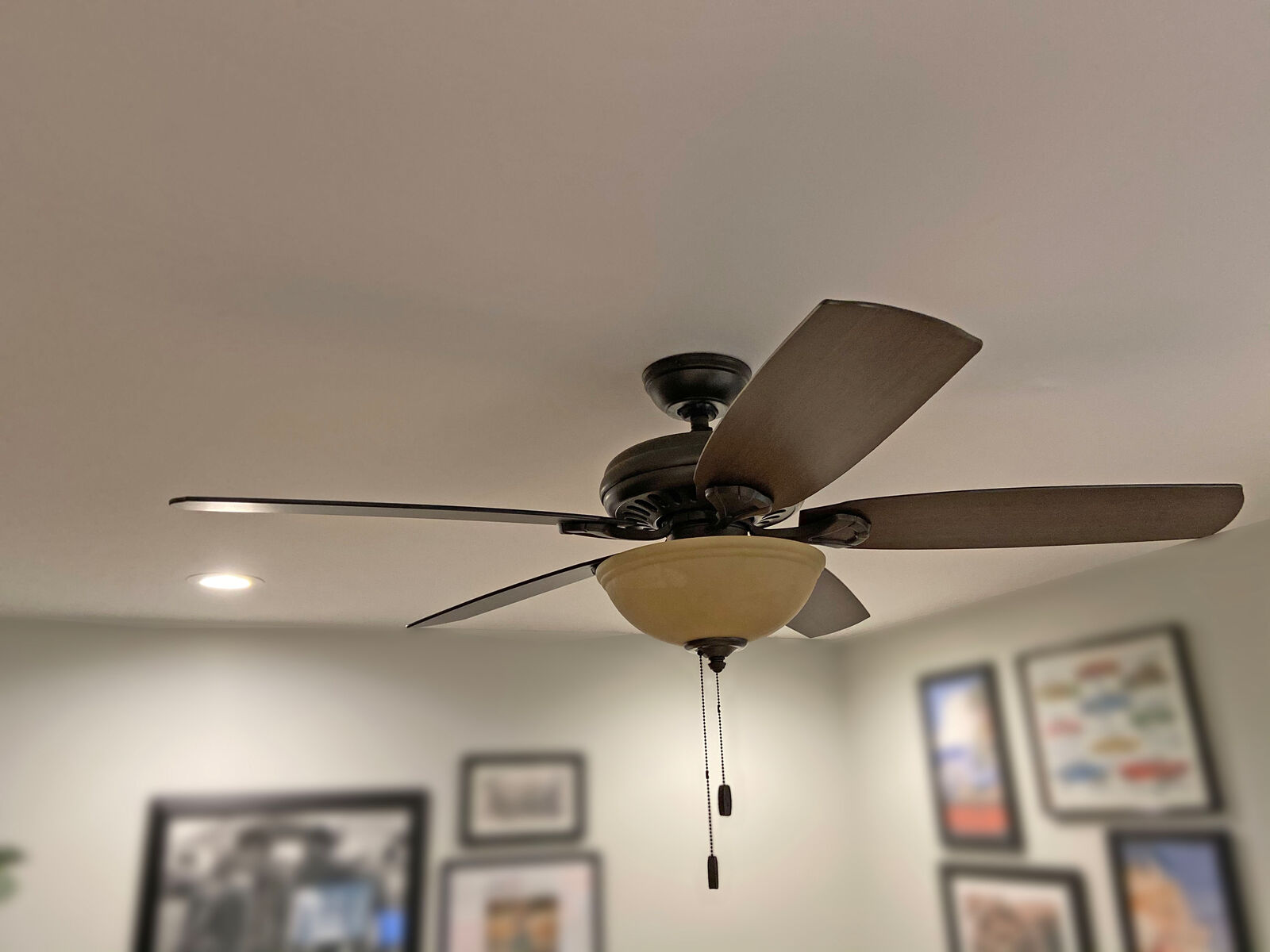
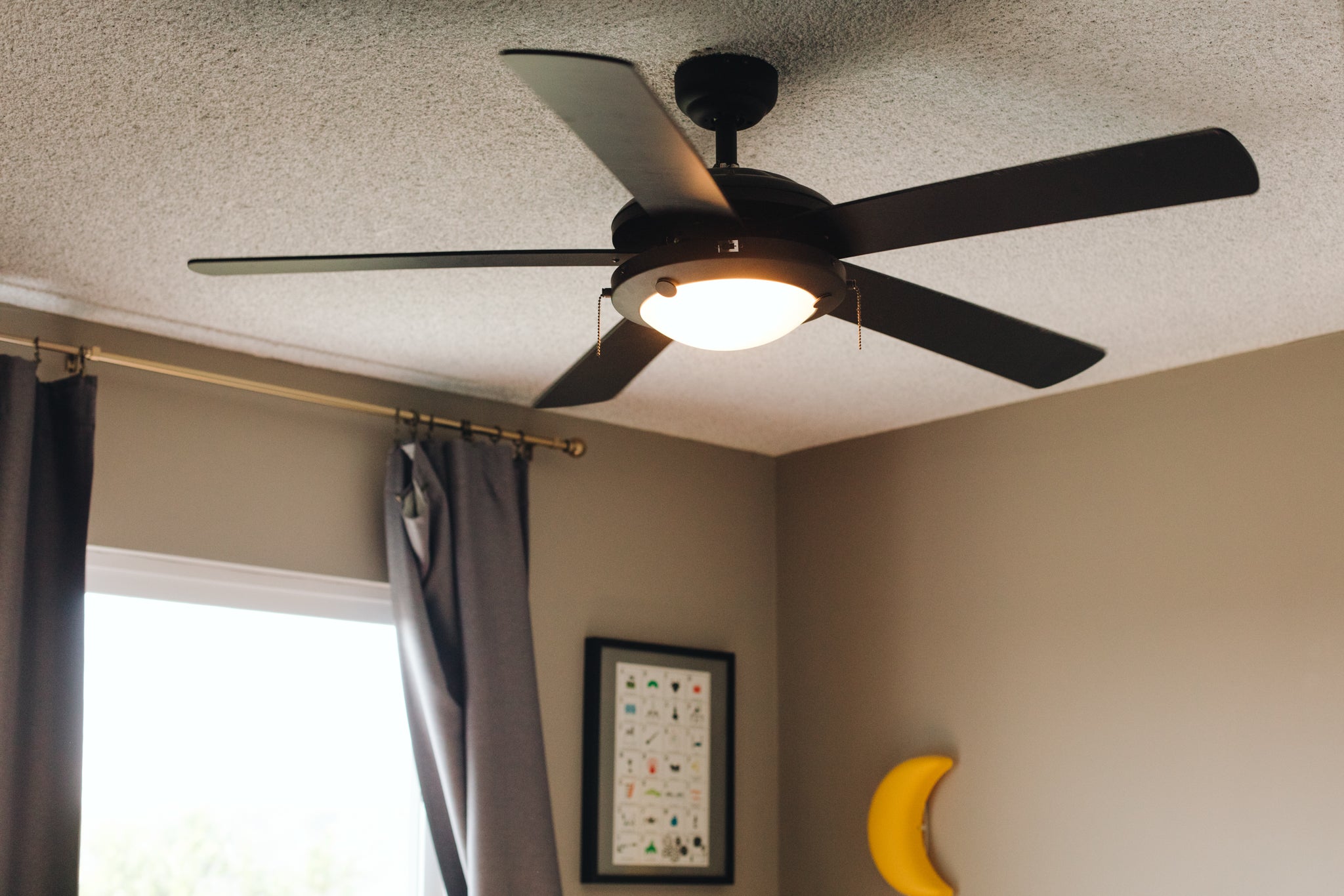
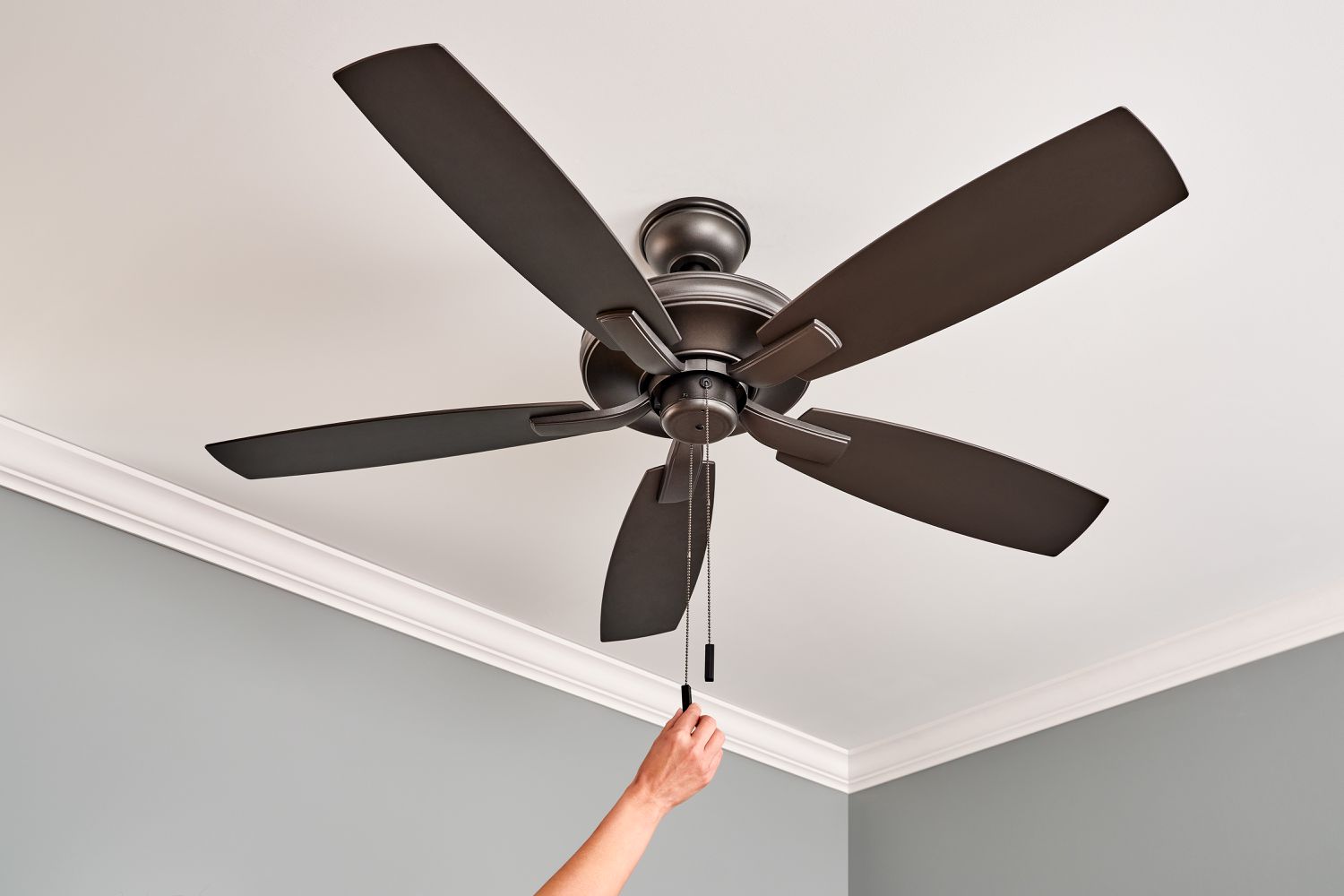

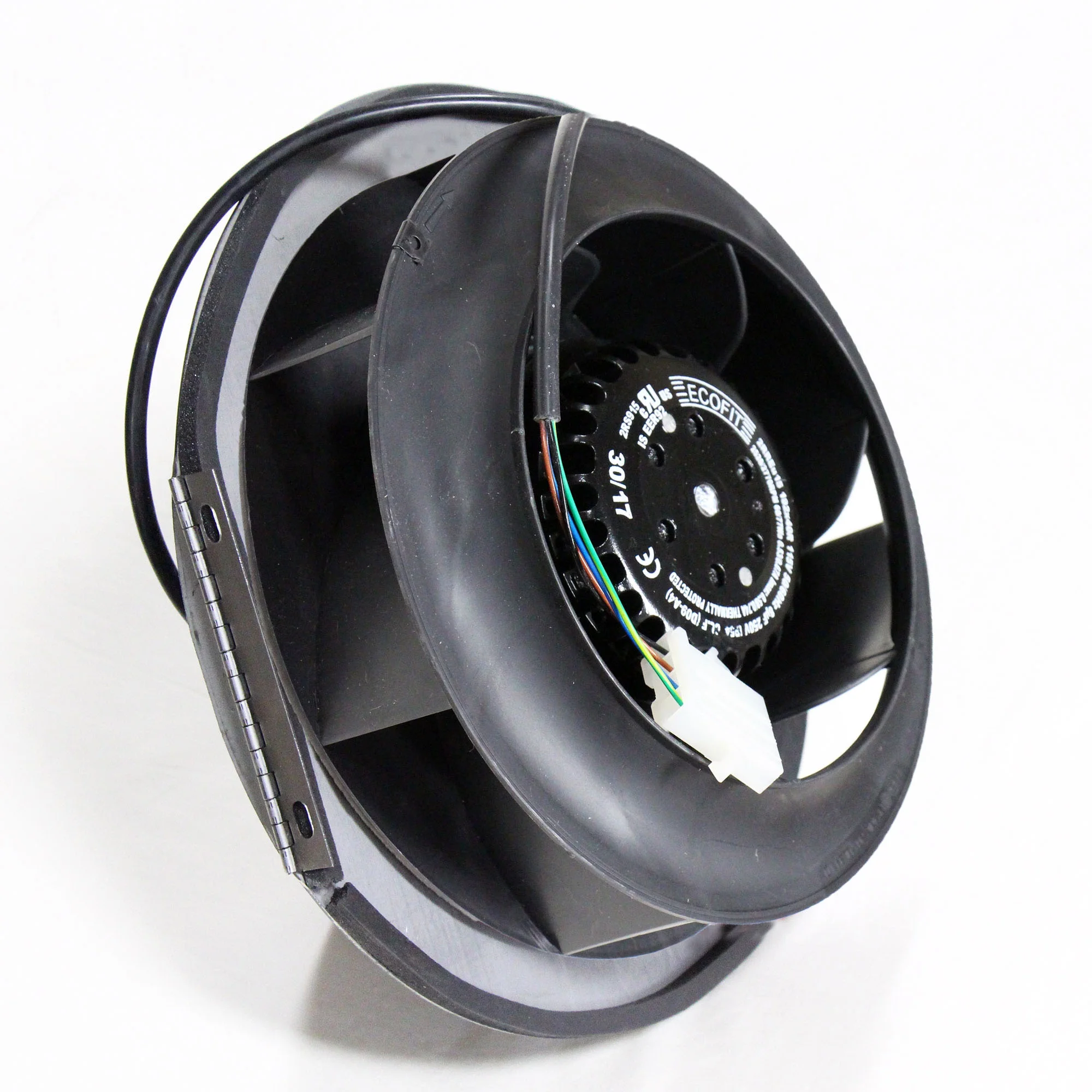

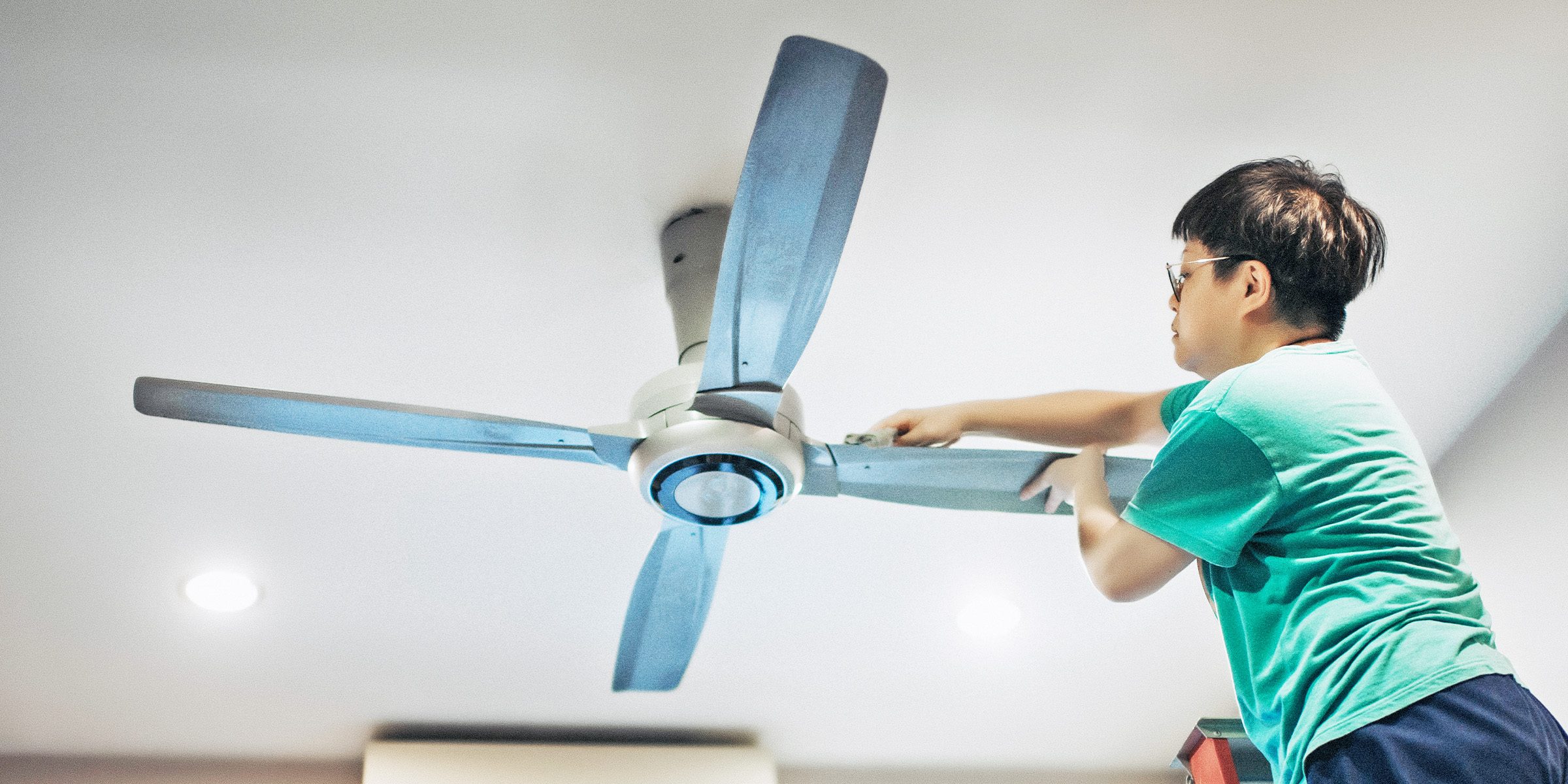
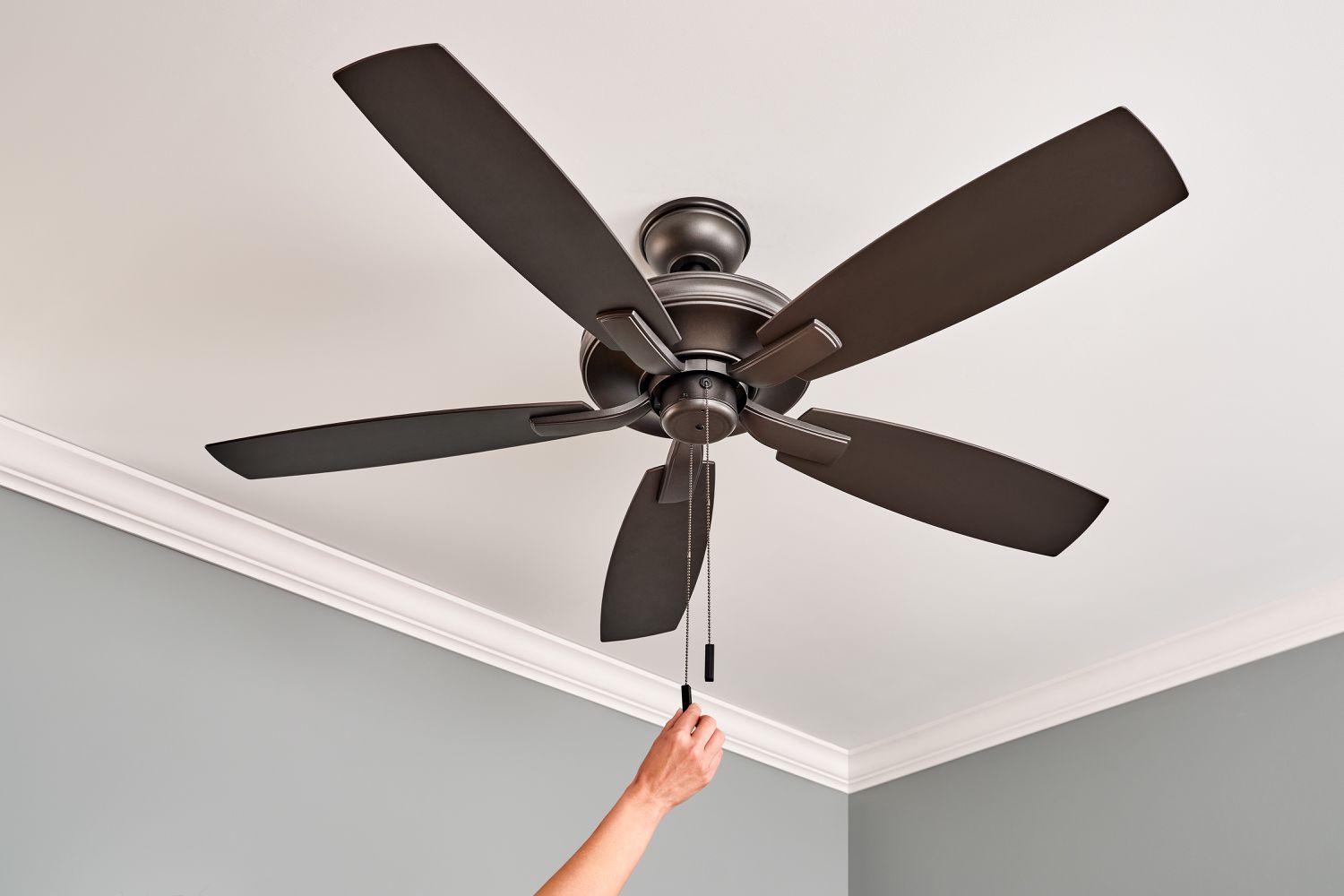
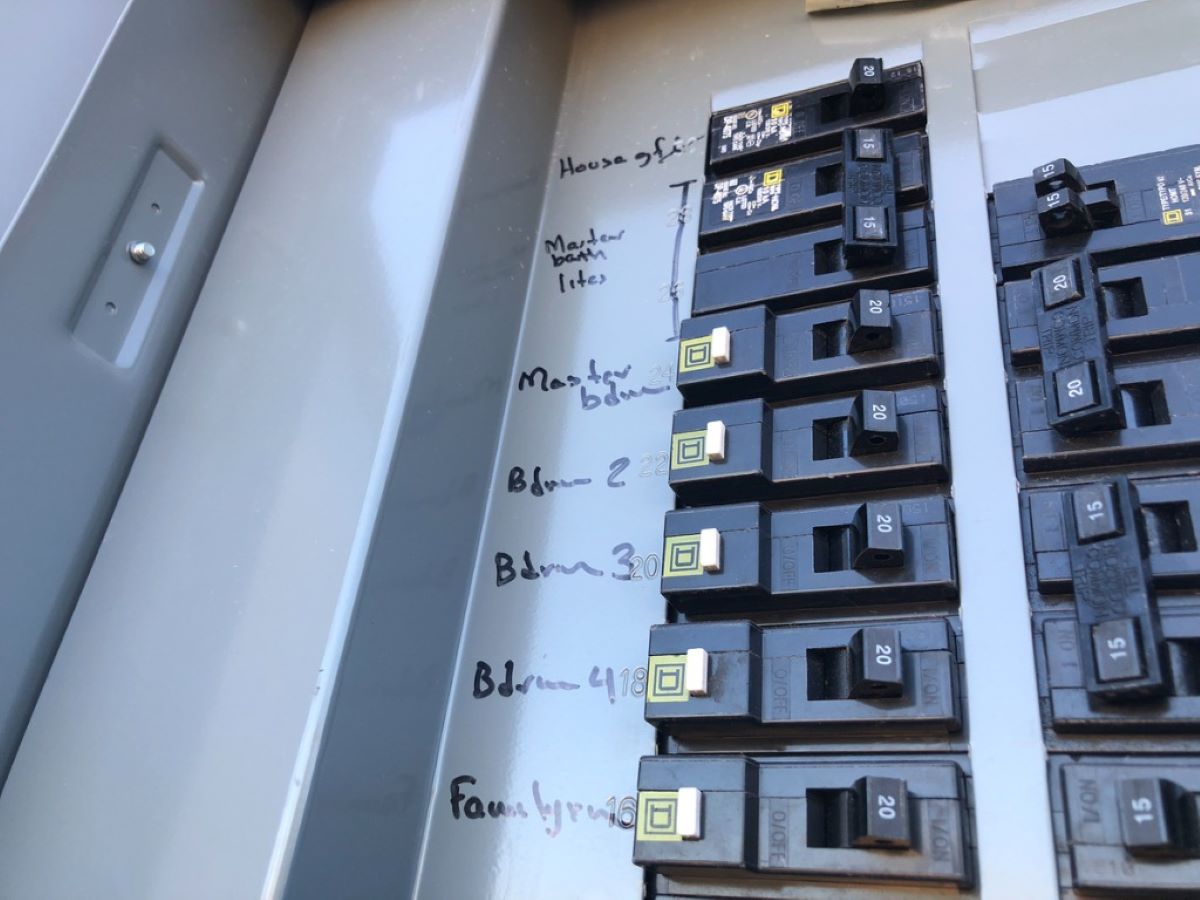
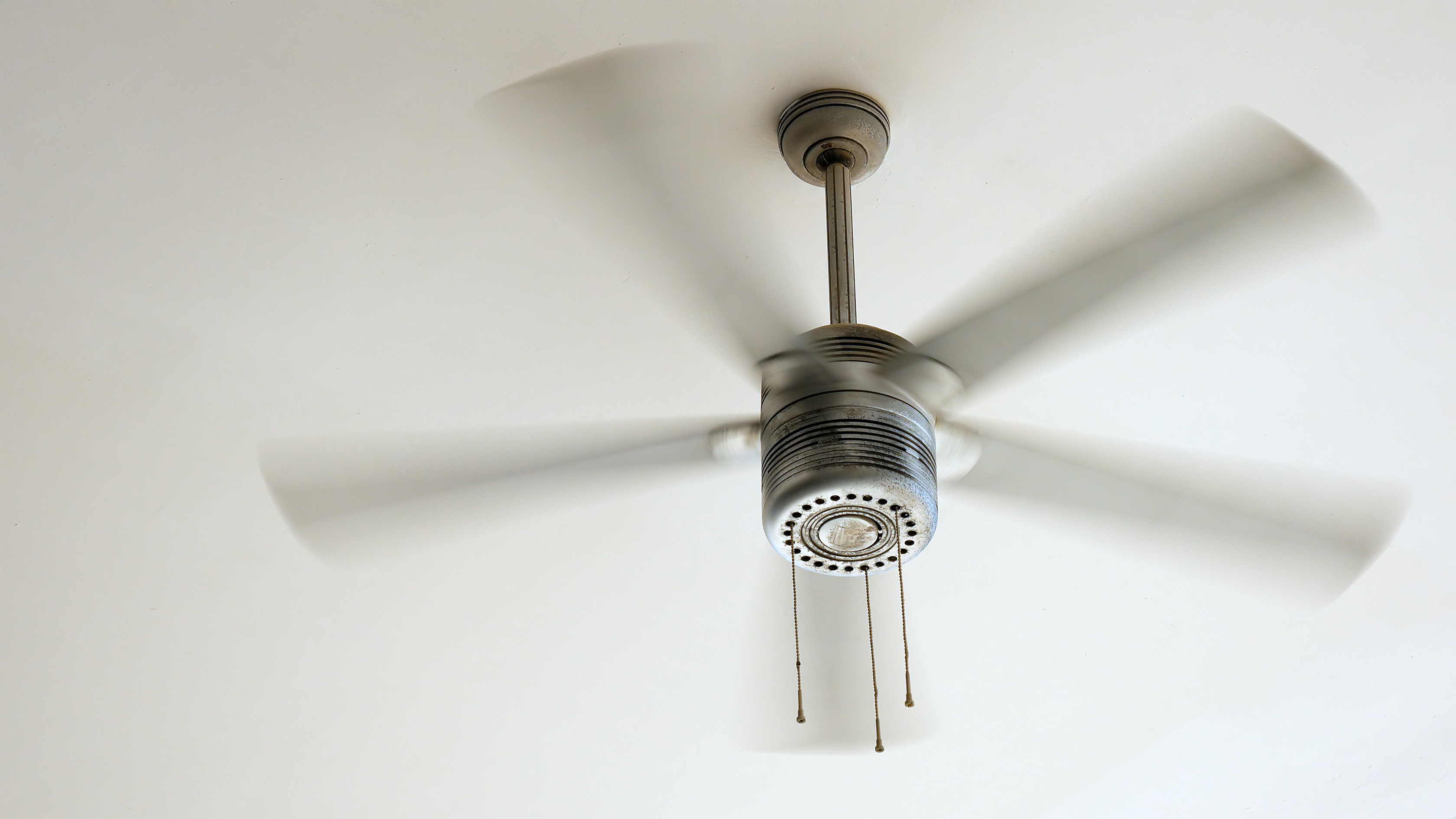
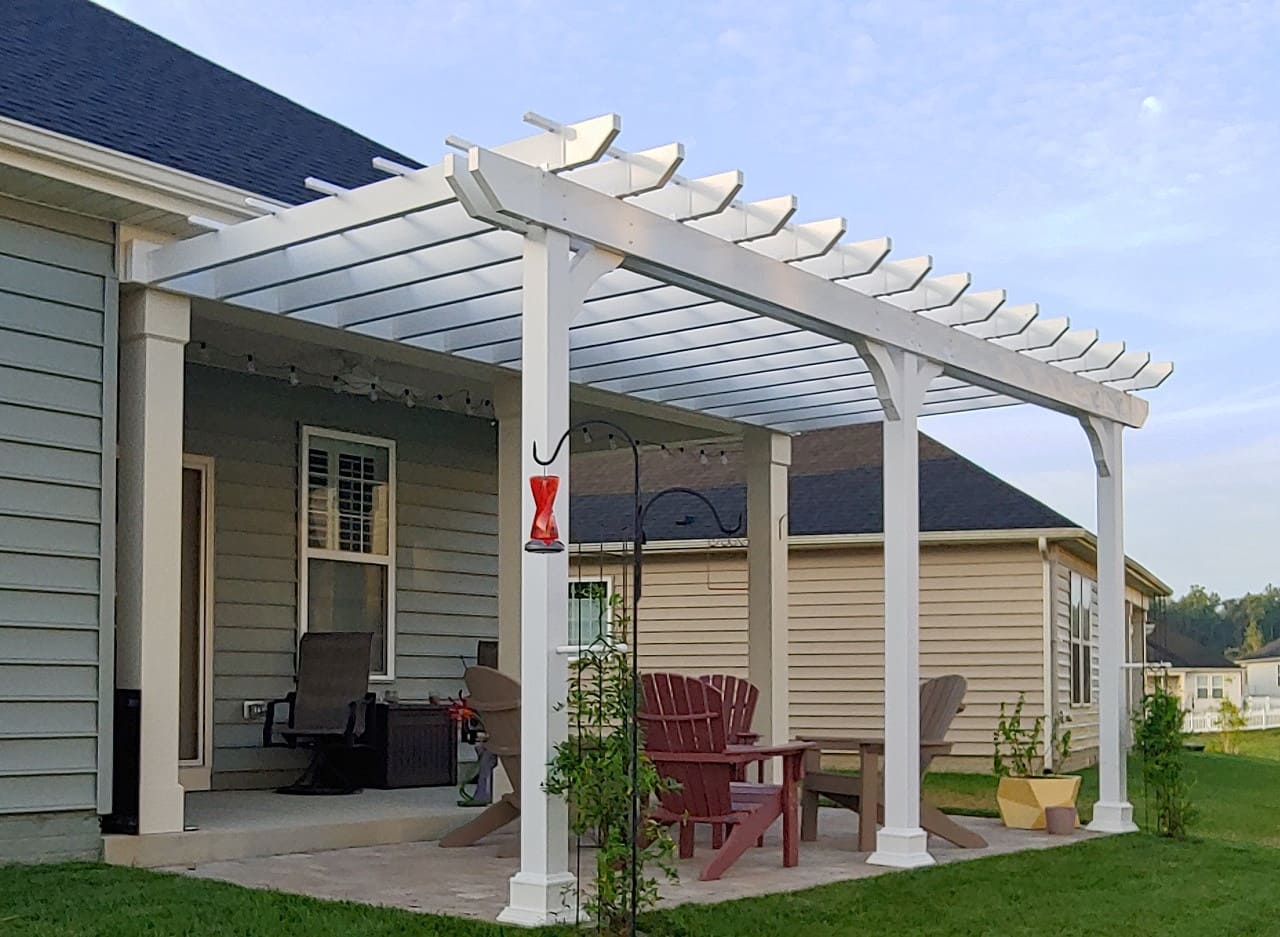
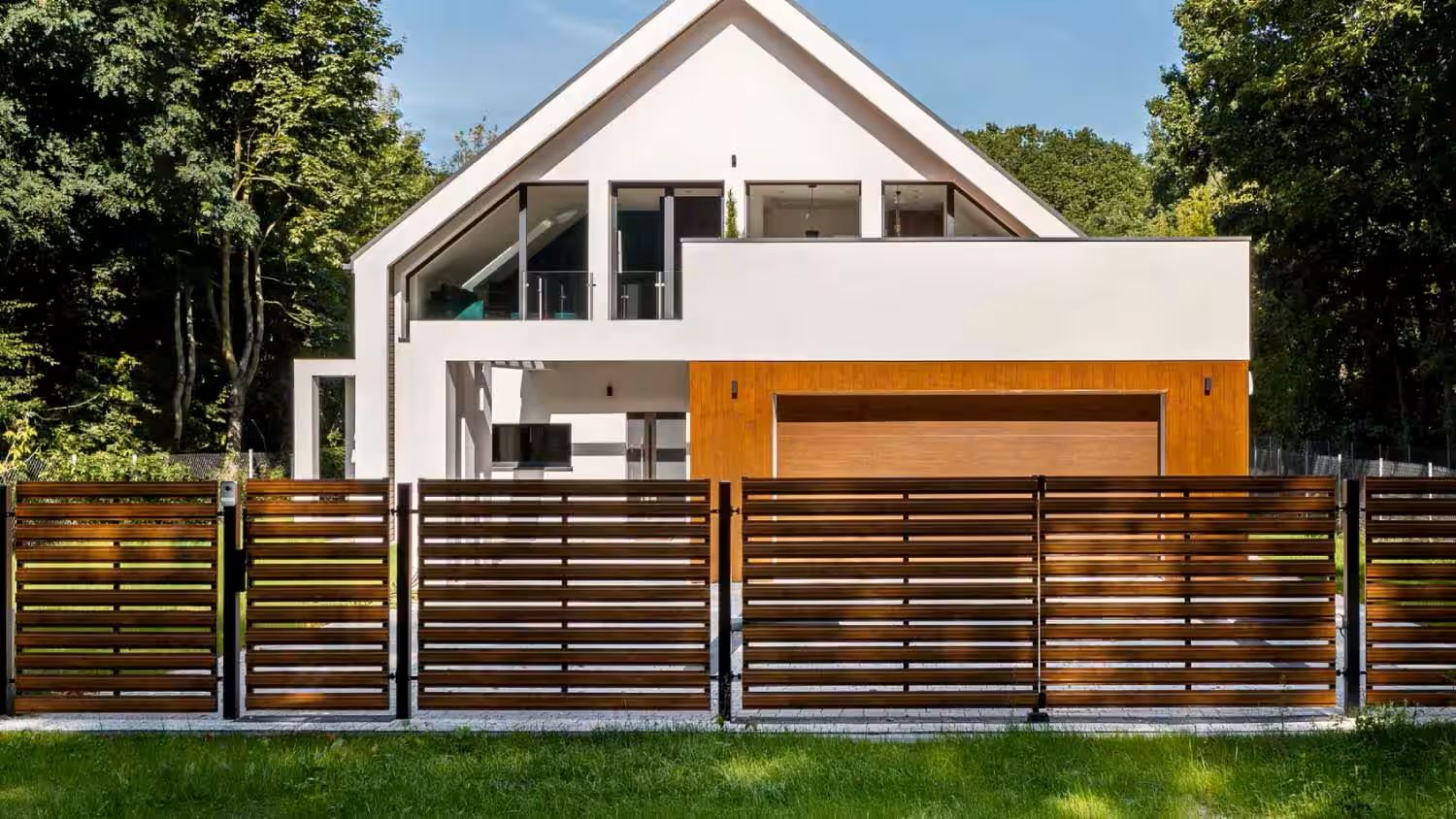
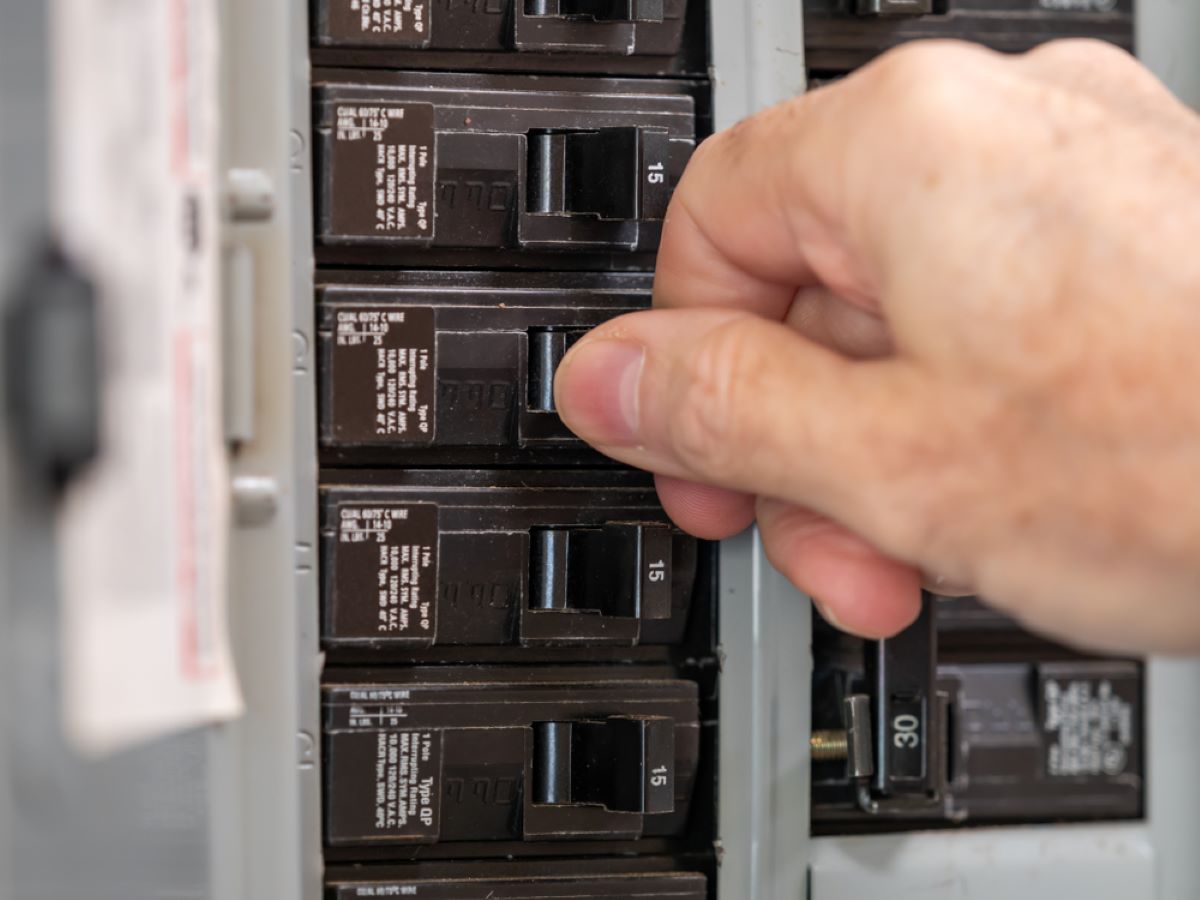
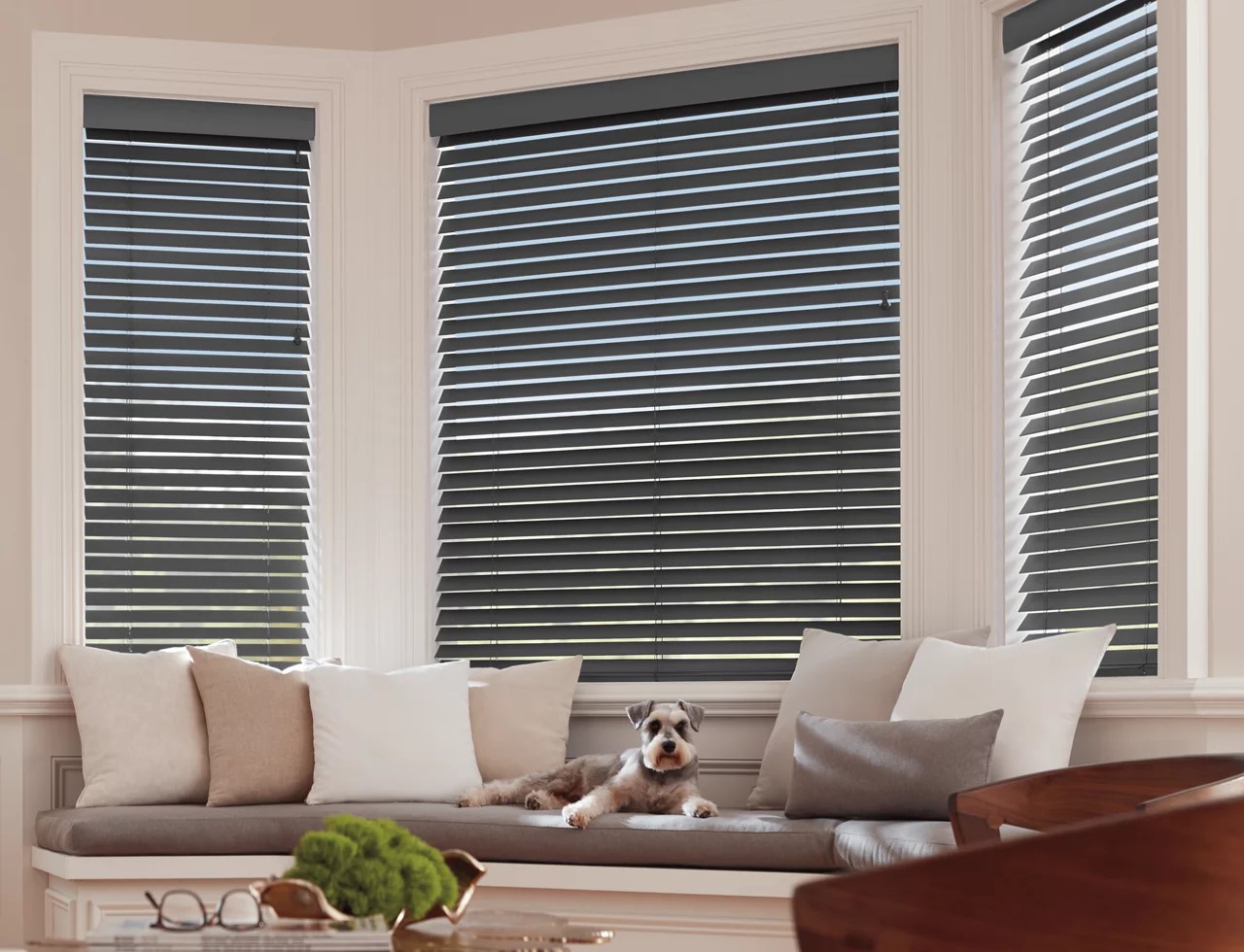

0 thoughts on “Which Way Should Fan Blow In Summer”